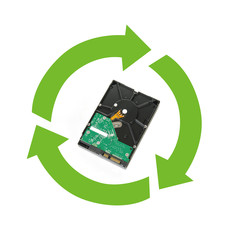In an increasingly global economy, there is an interesting
trend right now creating a lot of buzz – it’s called re-shoring. This is essentially a reversal of
off-shoring, a movement that many business and manufacturers have taken
advantage of for several reasons – among them are cheaper labor costs, a global
business presence, 24-hour customer service capability, etc.
However, as global wages rise, the benefits of off-shoring
are beginning to diminish, and many companies are singing the praises of
re-shoring their work in order to achieve some of the same goals that were
sought when offshoring. Electronics
manufacturing specifically has seen some interesting shifts in location, among
other well
publicized manufacturing
shifts from China to the U.S.
There are several advantages to having a business operate
all under one roof: shorter lead times, eliminated waste, reduced intellectual
property regulations, and fewer transport concerns, among other things. However, the natural drawbacks for bigger
companies are obvious – if your sales are global, it makes sense to have more
than one location for your business.
This is essentially the same strategy that Jeff
Bezos has with Amazon warehouses – go to where the customer is. From this perspective, it may be desirable
for a company with a global presence to continue to establish supply chain
strength in places other than the original location of the business.
At Etratech, we’ve taken all of these thoughts and acted on
them – with manufacturing bases both here in Burlington and (a recently
expanded plant) in China, we can deliver to our customers exactly what they
require, and from wherever they require.
At Etratech, the flexibility of having both options to choose from
seemed to be the best way to cater to the requests of our customers, depending
on their preferences. It is this desire
to better serve our customers that drives our business here at Etratech, and
we’ll continue to make decisions based on that commitment.
Want to weigh in?
Tweet @Etratech, or give us a call, we’d love to hear from you.



